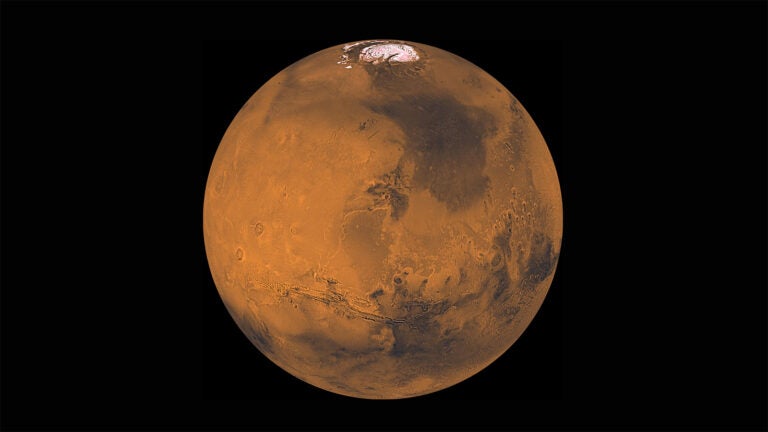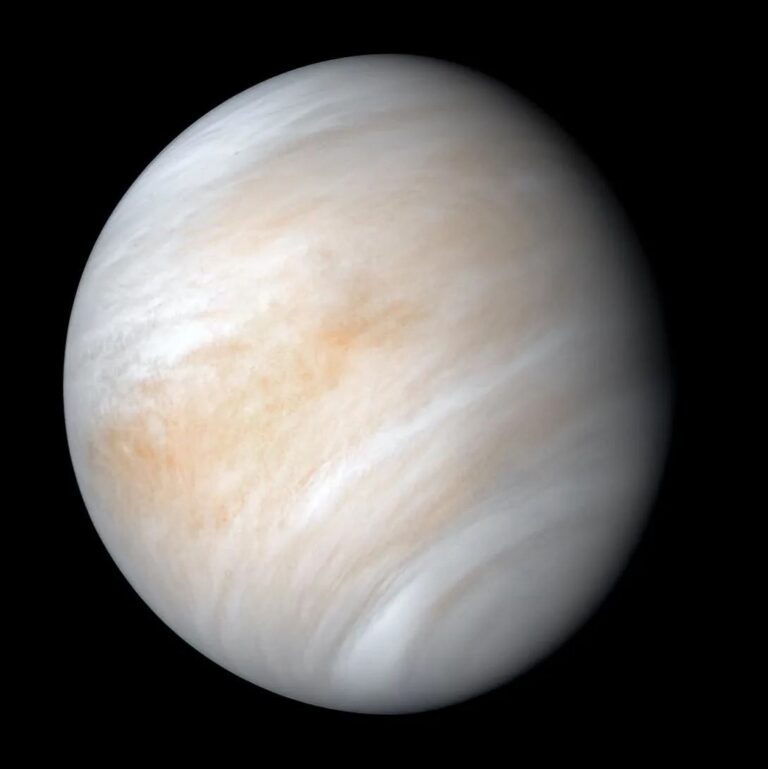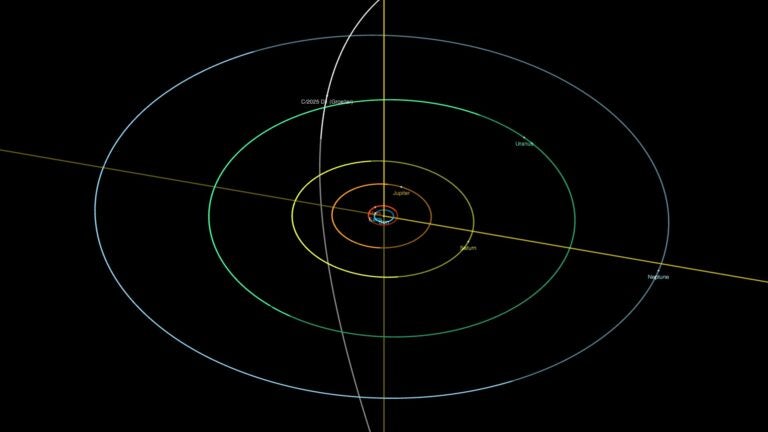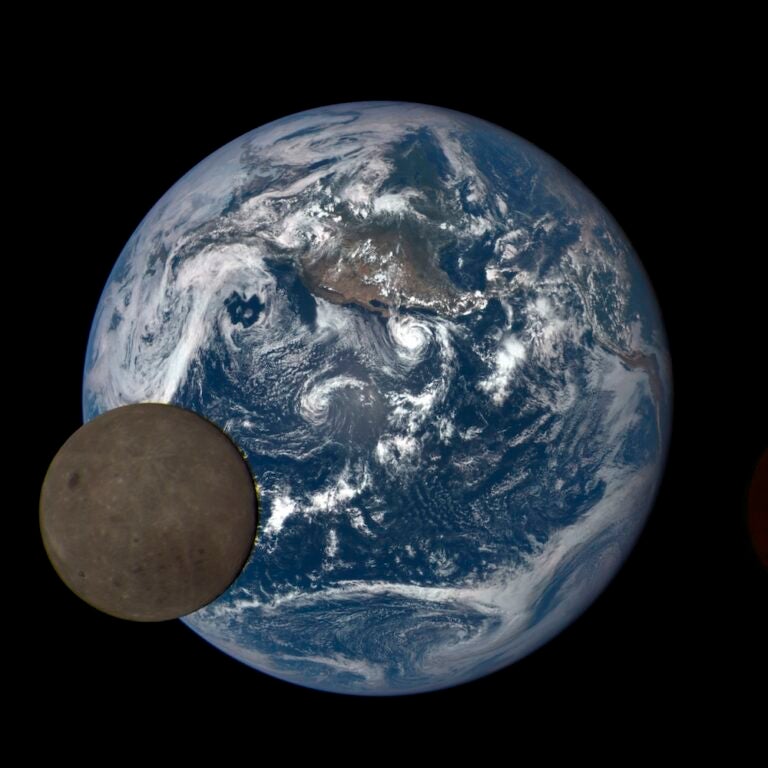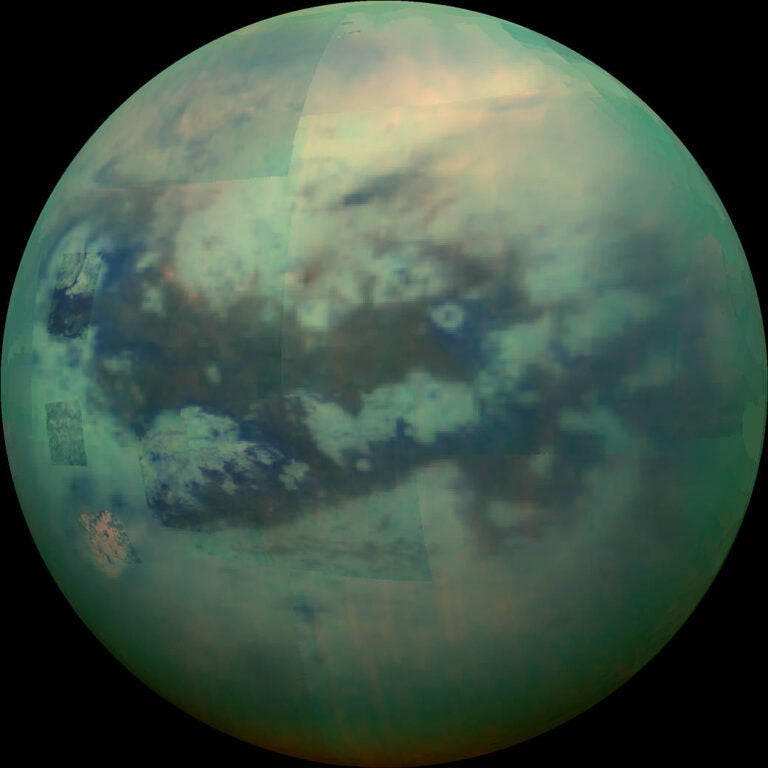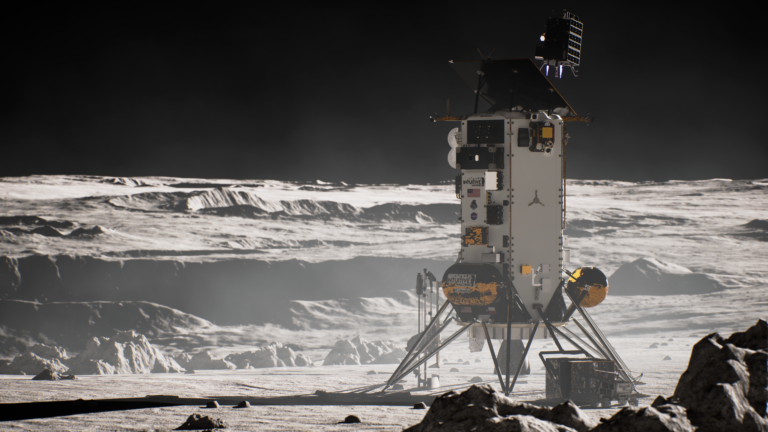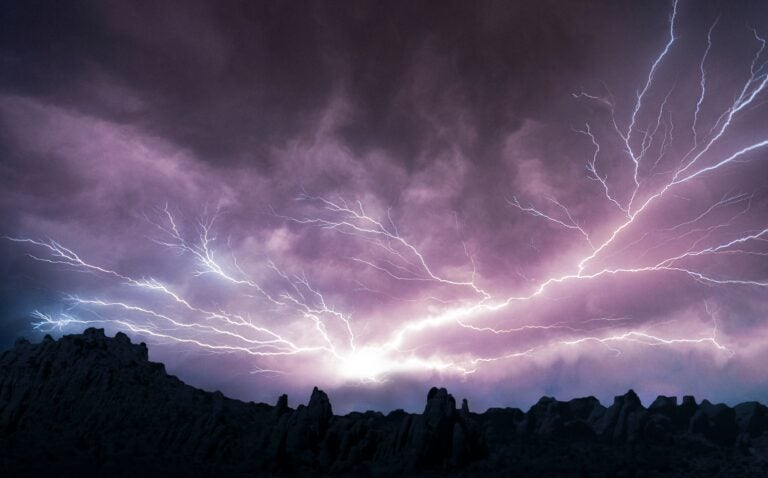Why did the team focus on studying these different forms of nitrogen in the comet? Comets are relatively small solar system objects composed of ice and dust that formed 4.6 billion years ago in the solar nebula when our solar system was in its infancy. Because they usually reside in cold regions far from the Sun, e.g., the Kuiper Belt and Oort Cloud, they probably preserve information about the physical and chemical conditions in the early solar system. Different forms and abundances of the same molecule provide information about their source and evolution. Were they from a stellar nursery — a primordial interstellar cloud — or from a distinctive cloud — solar nebula — that may have formed our solar system’s Sun? Scientists do not yet understand very well how cometary molecules separate into isotopes with different abundances. Isotopes of nitrogen from ammonia (NH3)may hold the key.
Ammonia is a particularly important molecule because it is the most abundant nitrogen-bearing volatile — a substance that vaporizes — in cometary ice and one of the simplest molecules in an amino group (–NH2) closely related to life. This means that these different forms of nitrogen could link the components of interstellar space to life on Earth as we know it.
The team used Subaru Telescope’s HDS to successfully observe Comet ISON on November 15 and 16 when the comet had its bright outburst that began on November 14. The observation clearly detected 15NH2 from Comet ISON, and the team inferred that the ratio of cometary ammonia of 14N/15N (139 ± 38) is consistent with the average (14N/15N about 130) of that from the spectra of 12 other comets. In other words, Comet ISON is typical in its relative abundance of 14N/15N in cometary ammonia.
These findings support the hypothesis that there were two distinct reservoirs of nitrogen in the solar nebula: (1) primordial N2 gas having a protosolar value of 14N/15N = 441 ± 5, and (2) less volatile and probably solid molecules having a ratio of about 14N/15N about 150 in the solar nebula. In the case of a dense molecular cloud core, the isotopic ratio of hydrogen cyanide (HCN) is similar to that of comets while its ratio in ammonia is different from its cometary value.
This may mean that the ammonia formed in an environment of a low-temperature dust surface, not in the gas of the molecular cloud. Laboratory experiments show that various complex molecules can form on the surface of low temperature dust. If the ammonia molecule formed on the low-temperature dust surface, the cometary nucleus could contain a complex molecule that relates to the origin of life, in addition to the ammonia. If this is so, it raises the possibility that the comet brought these materials to Earth.
In the future, the team would like to increase the sample of comets for which nitrogen isotopic ratios of cometary ammonia have been determined. They would also like to carry out laboratory measurements of 15NH2 to obtain more precise isotopic ratios. On a larger scale, the team hopes to investigate the origin of Comet ISON and the mechanisms that triggered its outburst so that we can better understand the evolution of the solar system.



